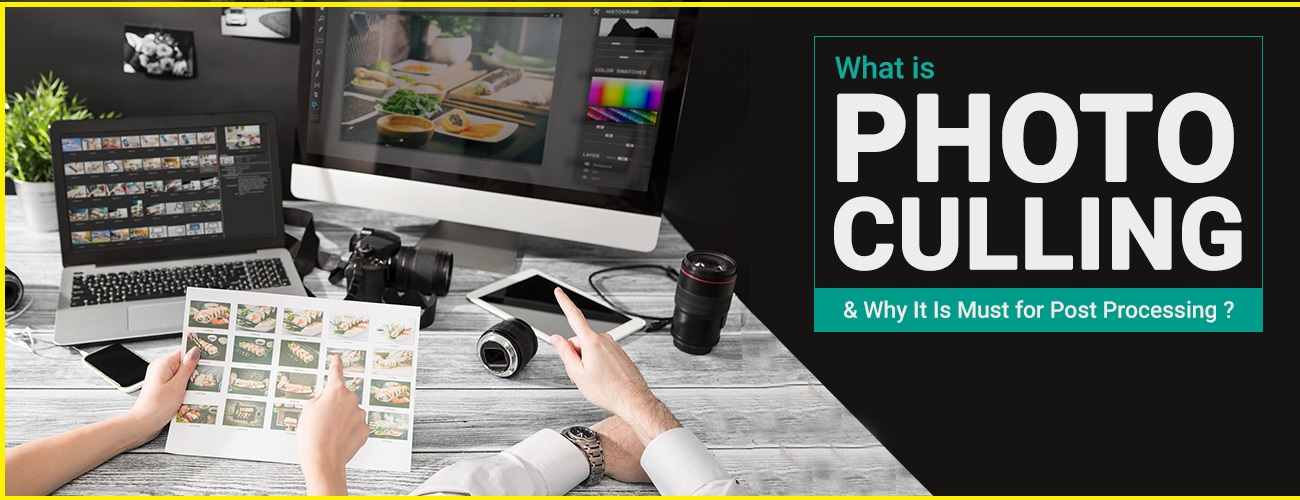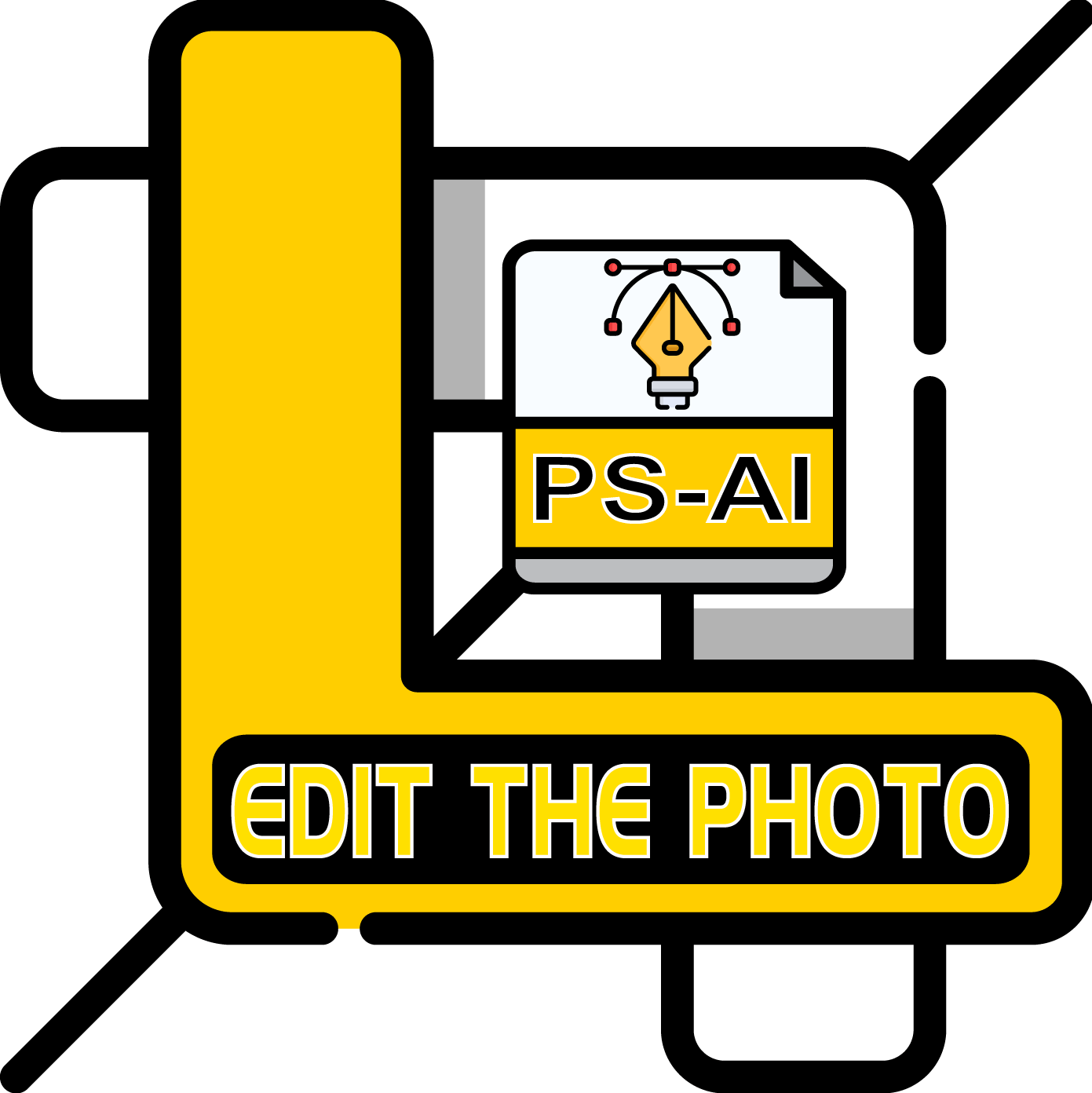
In the world of photography, particularly when dealing with large volumes of images from a single session—whether a wedding, event, or product shoot—efficient photo management is crucial. Photo culling refers to the process of sorting through large batches of images to select the best ones for editing and final delivery. This essential step is often the first stage in post-production, helping photographers streamline their workflow and save time.
Table of Contents
ToggleThe Importance of Photo Culling
Photo culling is all about reducing the volume of images, so you can focus on editing only the highest-quality shots. Whether you’re a wedding photographer capturing thousands of moments in a day or a product photographer shooting hundreds of variations of the same item, culling allows you to:
- Maintain a High Standard of Quality: By selecting only the sharpest, most well-composed images, you ensure that your final collection meets your professional standards.
- Save Time in Editing: The fewer images you have to edit, the more efficient your workflow. Culling allows you to focus on enhancing the best photos, rather than wasting time on less desirable ones.
- Create a Cohesive Narrative: For event photographers, culling helps in selecting images that tell a complete and cohesive story, removing redundant or repetitive shots.
Key Steps in the Photo Culling Process
1. Import and Organize Photos
The first step is to import all your photos into your preferred photo management software, such as Adobe Lightroom, Capture One, or Photo Mechanic. Organize them into folders based on the event or session, and create backups to avoid data loss.
2. Initial Pass: Eliminate Obvious Rejects
The first round of culling involves a quick sweep to remove any images that are clearly unusable. These could include:
- Blurry shots due to camera shake or incorrect focus.
- Poorly exposed images with irrecoverable highlights or shadows.
- Unflattering expressions in portrait shots.
3. Second Pass: Rate and Tag Images
Next, you can start rating your photos using the software’s built-in system. Many photographers use the star-rating or color-coding system:
- 1-Star: The image is technically correct but lacks any standout features.
- 2-Star: The image is decent but could be better in terms of composition or expression.
- 3-Star: Good image that may need minor adjustments.
- 4-Star: Excellent photo, ready for editing.
- 5-Star: The best of the best, often the portfolio-worthy images.
You can also tag photos that are part of a sequence (such as a bride walking down the aisle or a soccer goal) to later choose the best moment.
4. Final Selection: Refine Your Choices
Now, with your ratings in place, go through the highest-rated images once more and make your final selections. Compare similar shots and choose the one with the best lighting, composition, and emotion.
Tools for Efficient Photo Culling
Several tools can help automate and streamline the photo culling process:
- Adobe Lightroom: One of the most popular tools for organizing and culling photos. It offers rating, flagging, and quick preview options for photographers.
- Photo Mechanic: A super-fast photo viewer and culling tool used by professionals, known for its speed in previewing RAW files without lag.
- AfterShoot: A newer AI-powered culling software designed to analyze your photos, quickly identifying the best and worst images. It can automatically group and rank photos based on sharpness, exposure, and composition.
Each of these tools helps to speed up the culling process, reducing the time spent manually sorting through large photo libraries.
Best Practices for Photo Culling
To make your culling process more efficient, follow these best practices:
- Use Shortcuts: Most software offers customizable keyboard shortcuts for rating, rejecting, or advancing to the next photo. Learning these can drastically cut down your culling time.
- Be Objective: It’s easy to get attached to photos you’ve taken, but during culling, it’s crucial to remain objective. Focus on technical quality and storytelling, not personal attachment to certain images.
- Batch Process Duplicates: In event photography, you might have multiple photos of the same scene. Use batch processing to group similar images and make a choice from the sequence, eliminating duplicates quickly.
- Don’t Rush: Though culling should be quick, don’t rush the process. Taking a few extra moments to carefully select images can save significant time during editing.
The Future of Photo Culling: AI-Powered Tools
As we look forward, AI-powered photo culling software is becoming increasingly popular. These tools use machine learning to automatically identify the best photos based on sharpness, exposure, composition, and even facial expressions. For example, AfterShoot uses AI to speed up the process by automatically rejecting blurry or poorly composed shots, allowing photographers to focus on the creative aspect of their work.
AI culling is particularly helpful for photographers who shoot thousands of images in a single session, drastically cutting down on time spent reviewing and rejecting photos.
Photo culling is an essential part of the photography workflow, ensuring that only the best images make it through to the final edit. By following a systematic approach, using the right tools, and adopting best practices, photographers can streamline their post-production process and deliver high-quality, cohesive photo collections to their clients.
For more information on effective culling techniques, you can visit this comprehensive guide on photo culling. It provides in-depth insights on software and strategies tailored for both beginners and pros.
